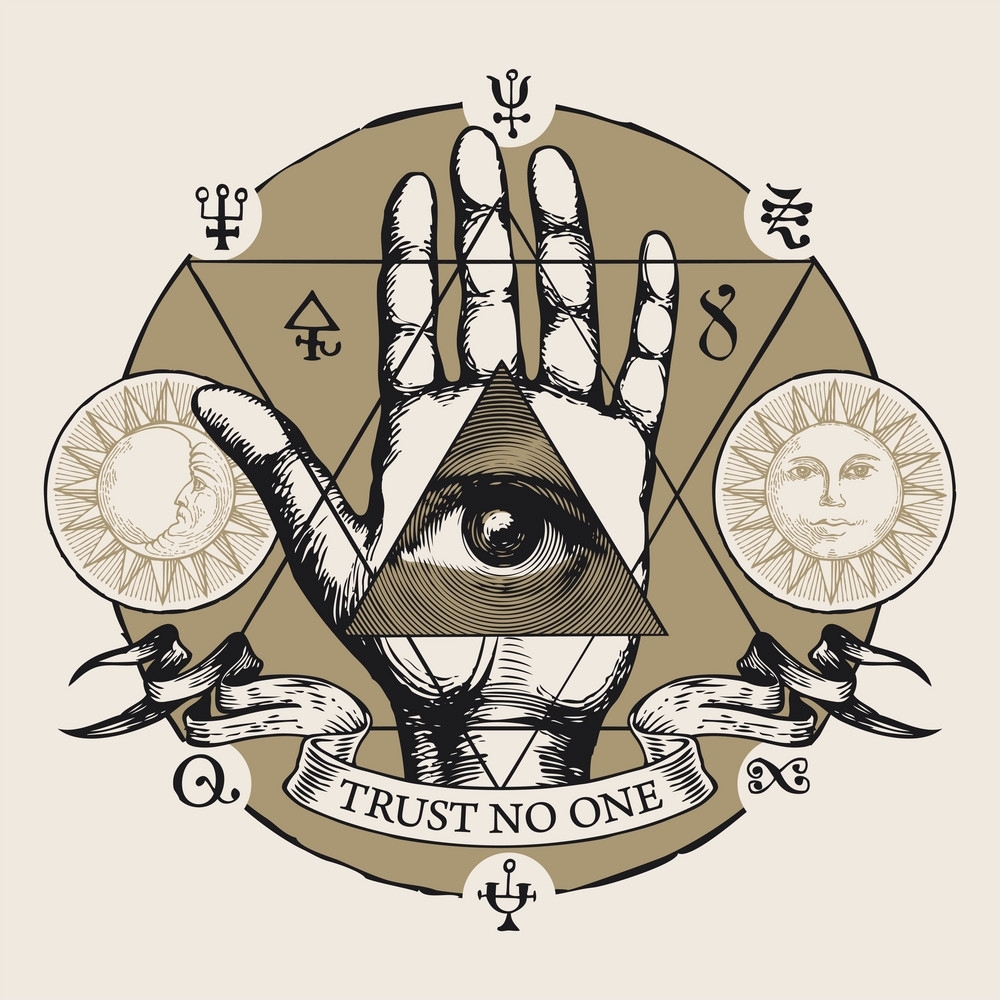““What is that “essence of Satan” mentioned by those Kurdish devil-worshippers encountered by my friend?”
The answer is suggested by certain texts of the school of “the greatest shaykh”, Ibn ‘Arabi, especially Aziz ad-Din Nasafi’s treatise on The Perfect Man:
‘God delegated his vicegerent to represent him in this microcosm, this divine vicegerent being the “intellect”. When the “intellect” had taken up the vicegerency in this microcosm, all the angels of the microcosm prostrated before it, except “imagination”, which did not, refusing to bow, just as when Adam assumed the vicegerency in the macrocosm, all the angels prostrated to him, except Eblis, who did not.
. . .
Six persons emerged from the third heaven: Adam, Eve, Satan, Eblis, the Peacock, and the Snake.Adam is the spirit, Eve the body, Satan nature, Eblis imagination, the Peacock lust, and the Snake wrath. When Adam approached the tree of intellect, he left the third heaven and entered the fourth. All the angels prostrated before Adam, except Eblis, who refused. That is to say, all the powers, spiritual and physical, became obcisant and obedient to the spirit, except imagination, which refrained from doing so.’
The word used here for imagination is wahm, which might be translated as “fancy,” in distinction to khyyal, or imagination as the “imaginal faculty.” But in the School of lbn ‘Arabi the terms are sometimes used interchangeably, for in truth imagination (like the Beloved’s tresses) both dissipates and concentrates the faculty of rememberance, and seduces both to “sin and rebellion” and to the vision of the divine-in-things. According to lbn ‘Arabi himself, without images there can be no spiritual realization at all, for the undifferentiated oneness of the Real can be experienced only through its manifestation as (or in) the multiplicity of creation.
Satan is the guardian of a threshold, as Ayn al-Qozat explained, and a doorway is an isthmus, a space-between-worlds, an ambiguous and liminal no-place-place, a land of the imagination. In the West only William Blake recognized the Devil as the imagination; in Sufism this identity has been clear since at least the tenth century. The Sufis who defended Satan were not defending or excusing evil, but rather telling a secret: “evil” has only a relative existence, and it is “merely human.” It is the “shaitan” in each of us which we must “convert to Islam,” as the Prophet said. But the very means by which we carry out this self-alchemy is presided over by that very same force, the power of our imagination, lit by paradoxical moonbeams of Black Light — Iblis himself.”
– Peter Lamborn Wilson, Iblis, The Black Light: Satanism in Islam
Iblis as God of Imagination

Hand-drawn vector illustration with all seeing eye of God on an open palm. Human hand with eye of Providence in the triangle, esoteric symbols, magic runes, alchemical signs and the words Trust no one

